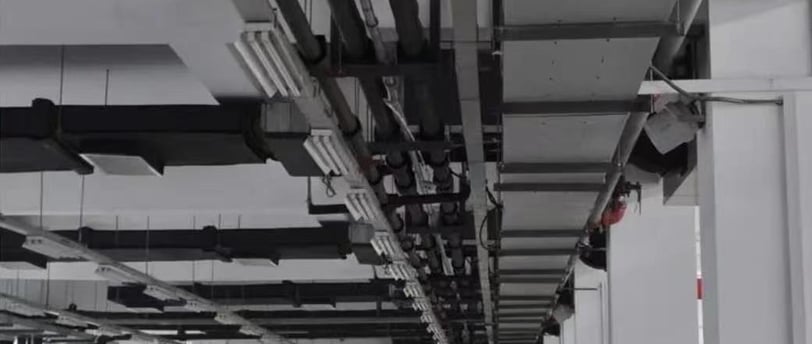Understanding Cable Trays Specifications: Length, Width, Height, and Thickness
Learn about the different parameters of cable trays including length, width, height, and thickness. Find out the common specifications and variations for cable tray installations.
8/15/20242 min read


Introduction to Cable Trays
Cable trays are essential components in electrical systems, providing a secure and organized pathway for electrical wiring. When selecting a cable tray for a project, several specifications must be considered. This blog post will delve into the common specifications of cable trays, focusing on four key parameters: length, width, height, and thickness.
Length of Cable Trays
The length of a cable tray is a vital parameter, primarily determined by the installation requirement. The straight length of an ordinary cable tray is generally 2 meters. However, other common lengths include 3 meters, 4 meters, and 6 meters. Cable trays that extend beyond 2 meters, such as those that are 8 meters or 9 meters in length, are classified as large-span cable trays. These longer trays require additional supporting brackets compared to ordinary ones. In contrast, the lengths of cable tray bends, tees, and crosses are not fixed and are usually determined according to the specific needs of the installation project.
Width of Cable Trays
The width of a cable tray is another crucial specification, which determines how many cables can be accommodated within the tray. Cable tray widths can vary significantly to cater to different project requirements. Common widths often range from 50 millimeters to 600 millimeters. The selection of the width is usually based on the volume of cables that need to be routed, ensuring adequate space for the cables to be laid without causing excessive congestion.
Height and Thickness of Cable Trays
The height of a cable tray impacts its capacity to hold cables, with common heights being 25 millimeters, 50 millimeters, 75 millimeters, and 100 millimeters. Deciding on the appropriate height involves considering the cable load and ensuring there is sufficient space for air circulation to prevent overheating. Equally important is the thickness of the cable tray, which affects its structural integrity and load-bearing capacity. Standard thicknesses include 1.2 millimeters, 1.5 millimeters, and 2 millimeters. The choice of thickness should reflect the weight of the cables and the environmental conditions where the tray will be installed.
Conclusion
Understanding the specifications of cable trays is crucial for choosing the right tray for any electrical installation project. By considering the length, width, height, and thickness, professionals can ensure that the cable tray meets the demands of the installation while providing adequate support and safety for the electrical cables. Each parameter plays a significant role in the overall performance of the cable tray, making it essential to select specifications that align with the specific requirements of the project.
Songyin Kunshen
上海松隐坤申贸易有限公司
Quality, innovation, direct customer relationships, safer, efficient, sustainable
© 2024. All rights reserved.


